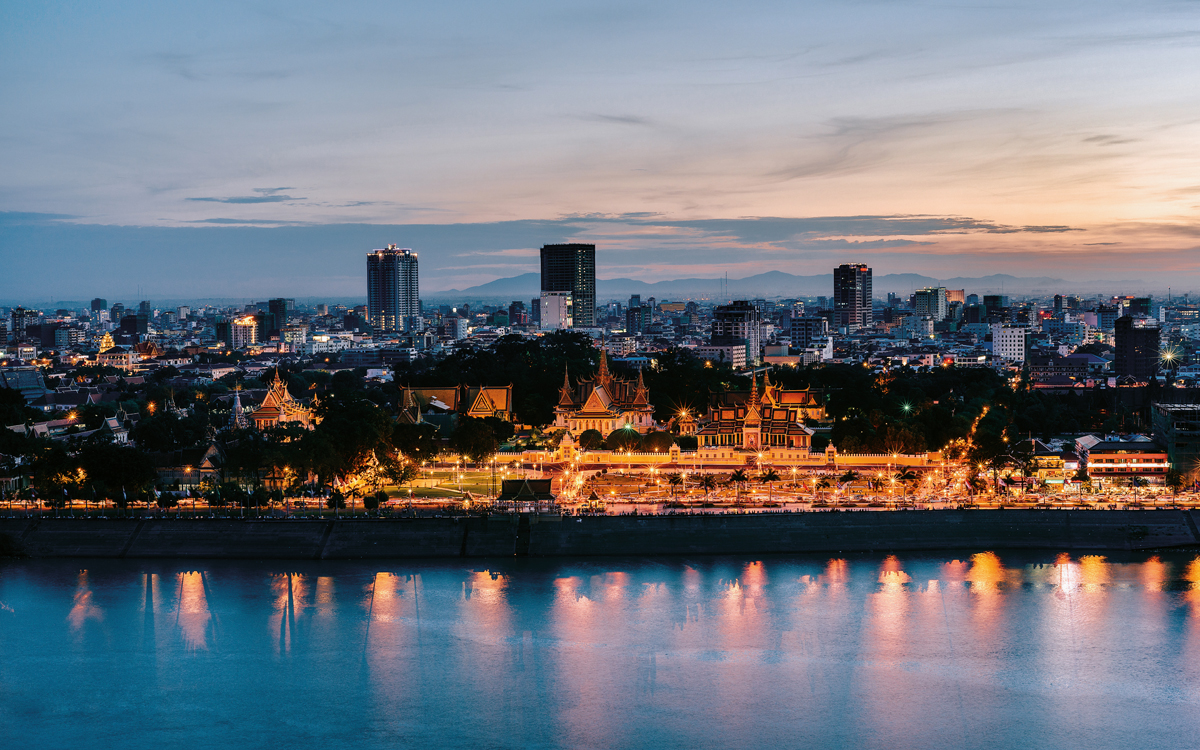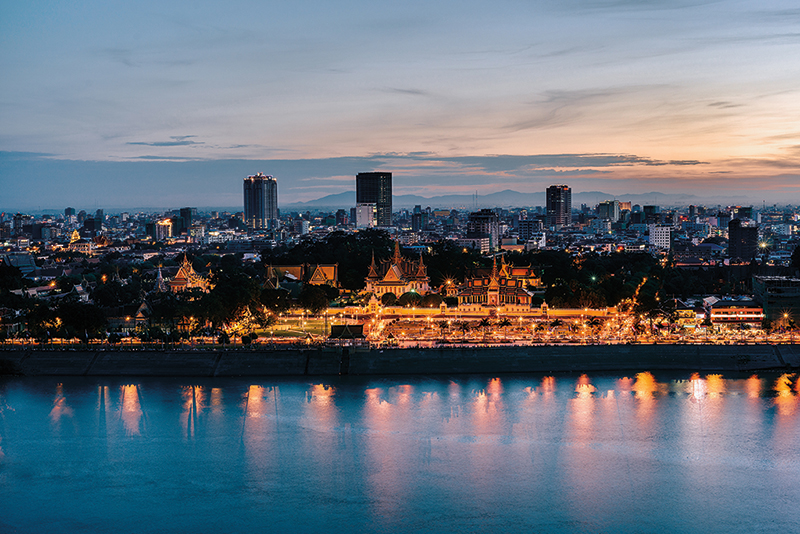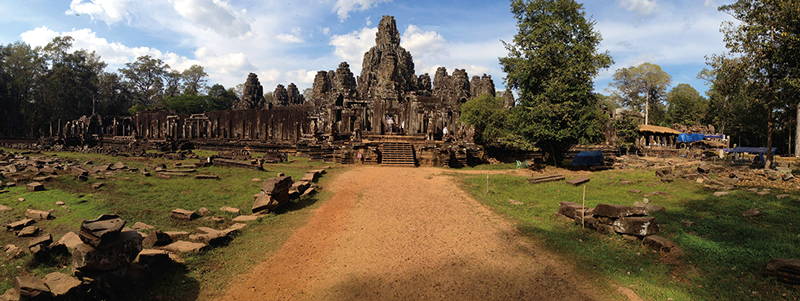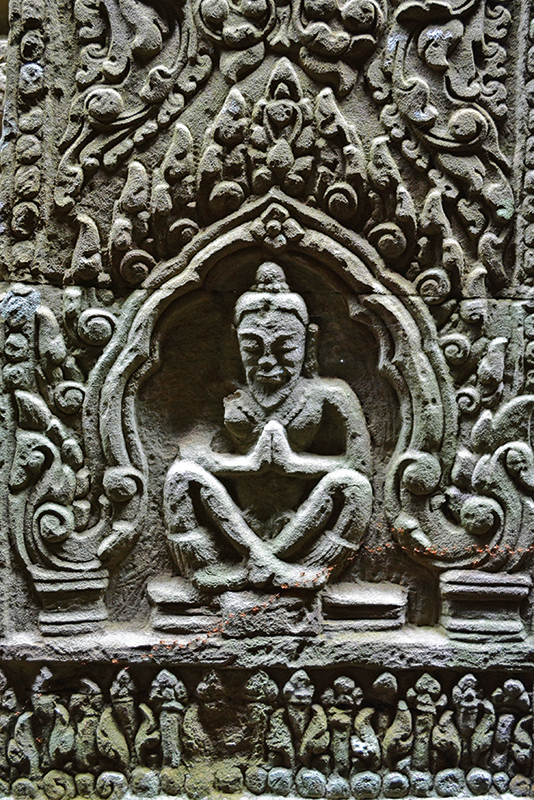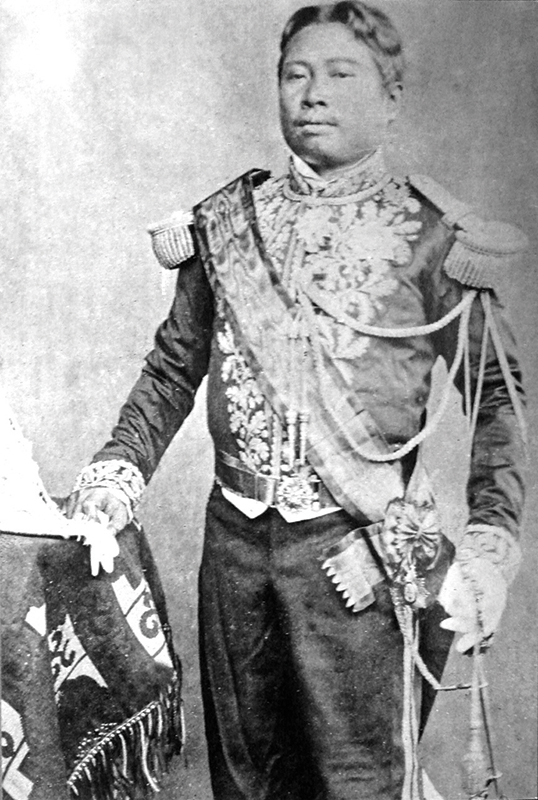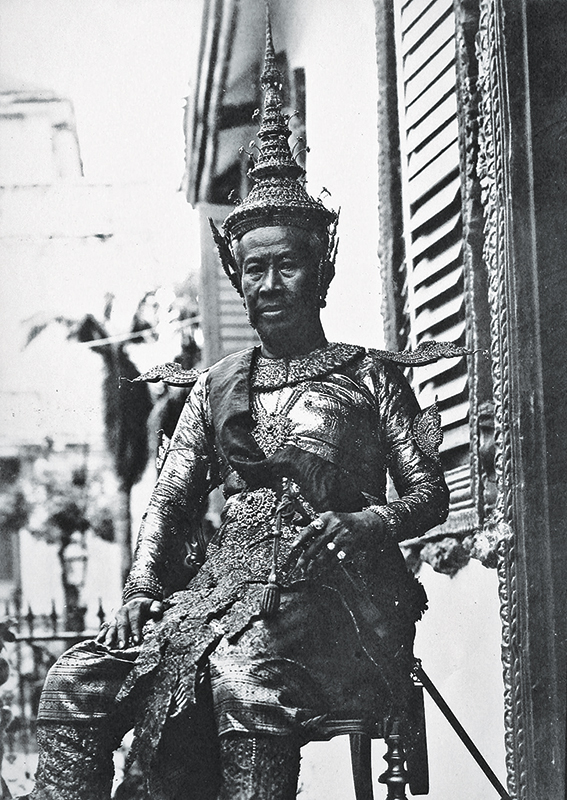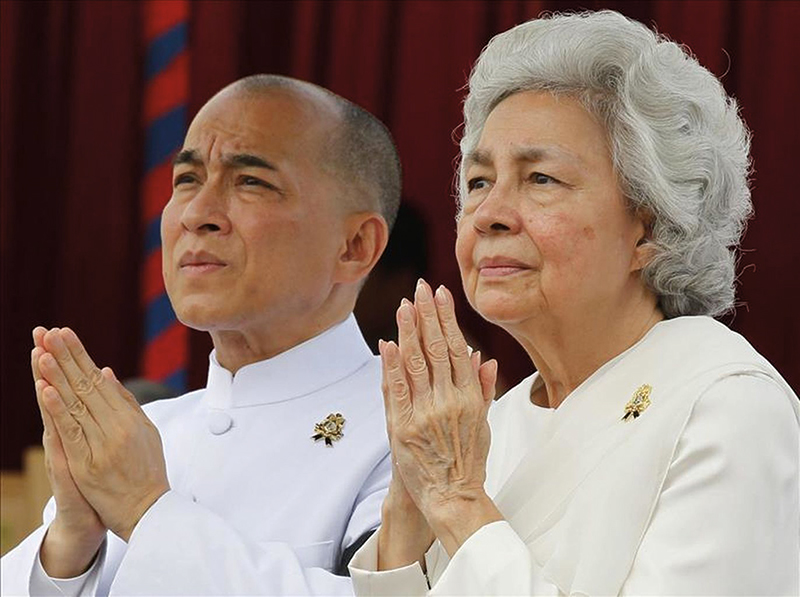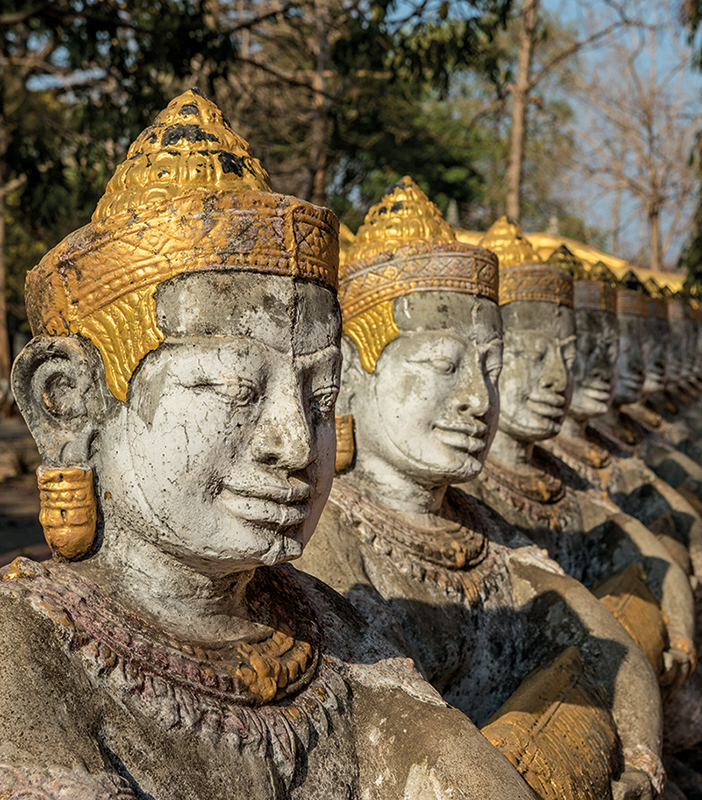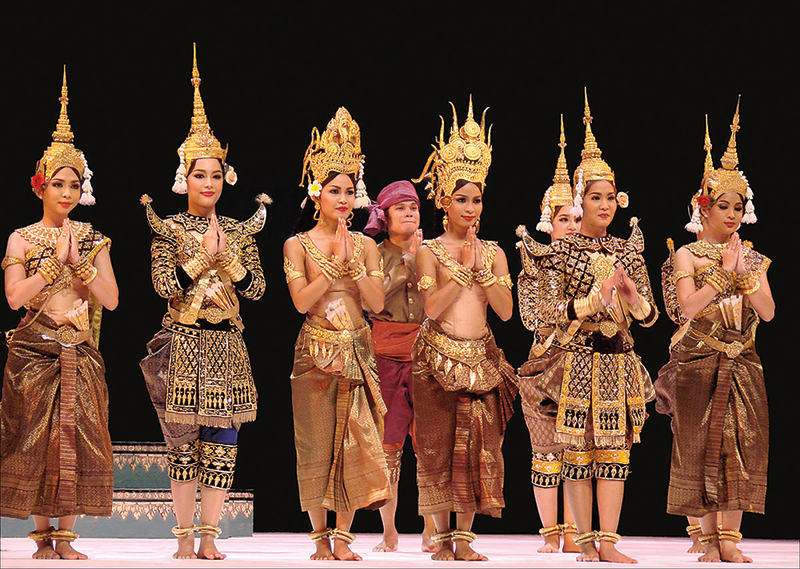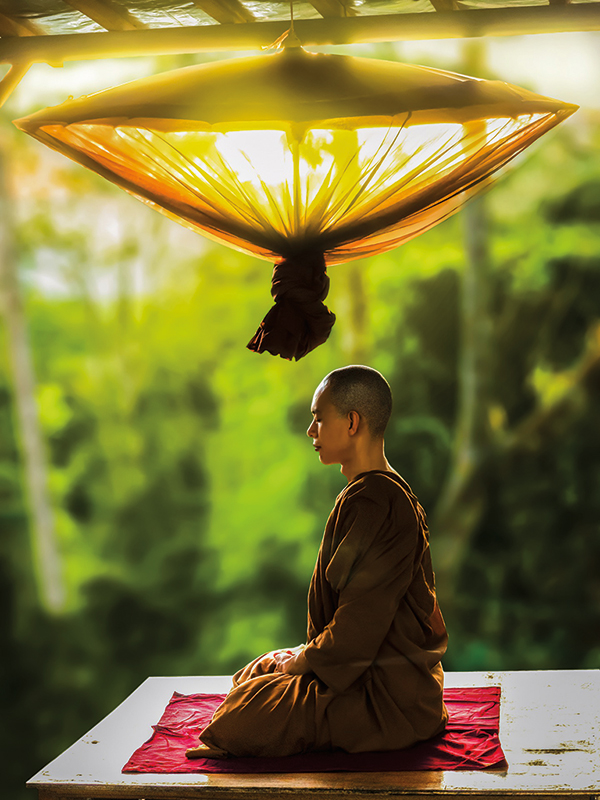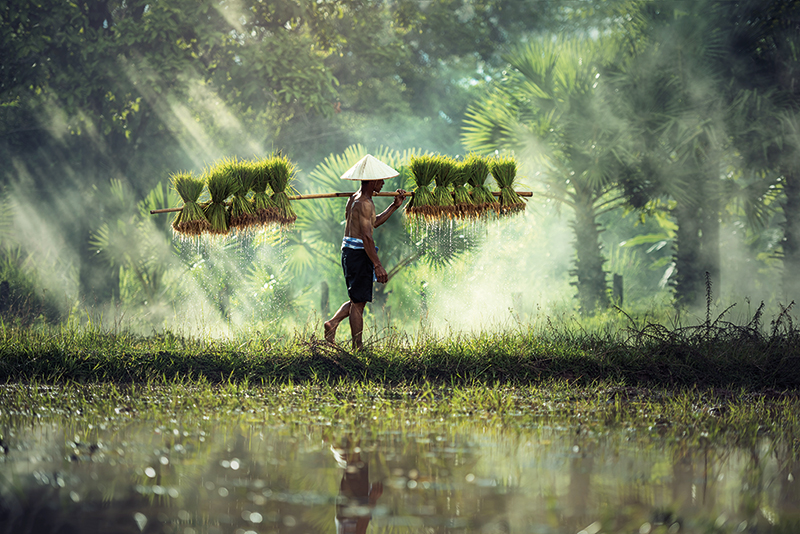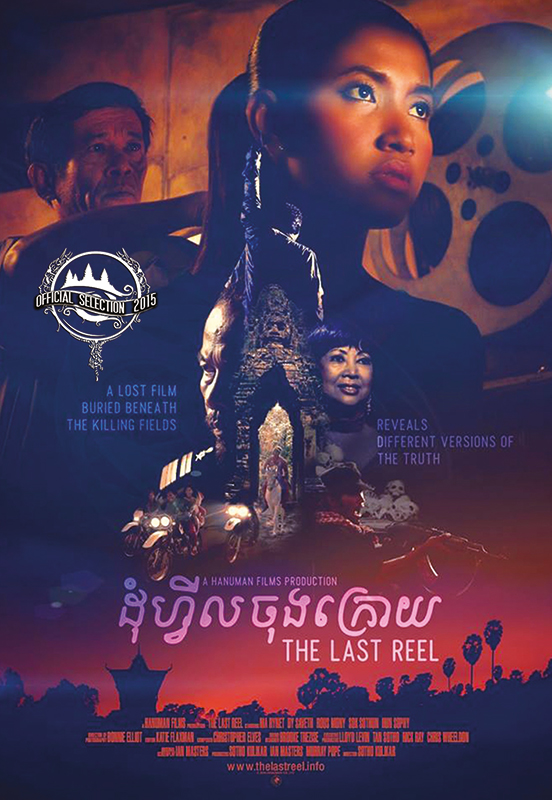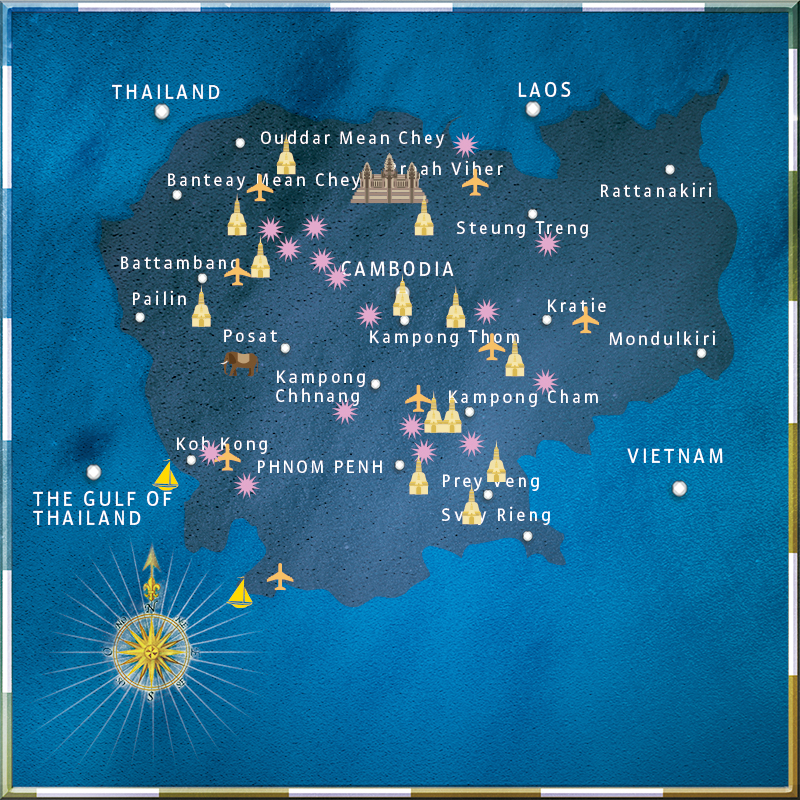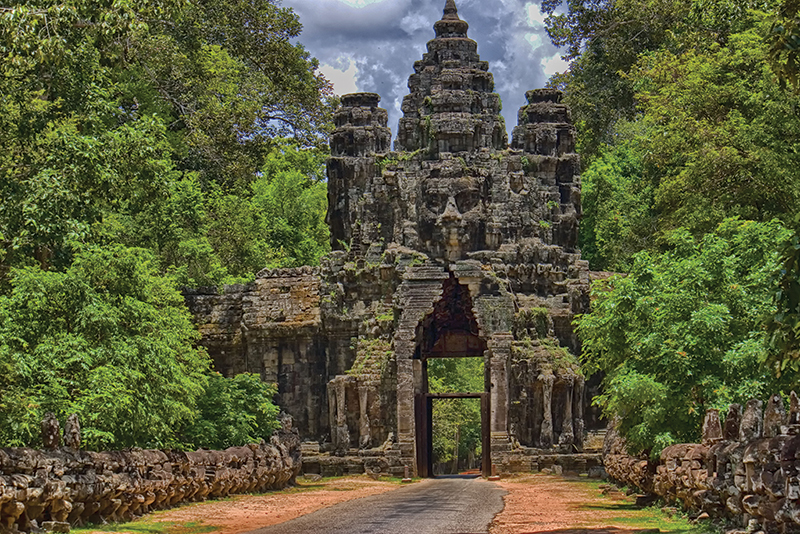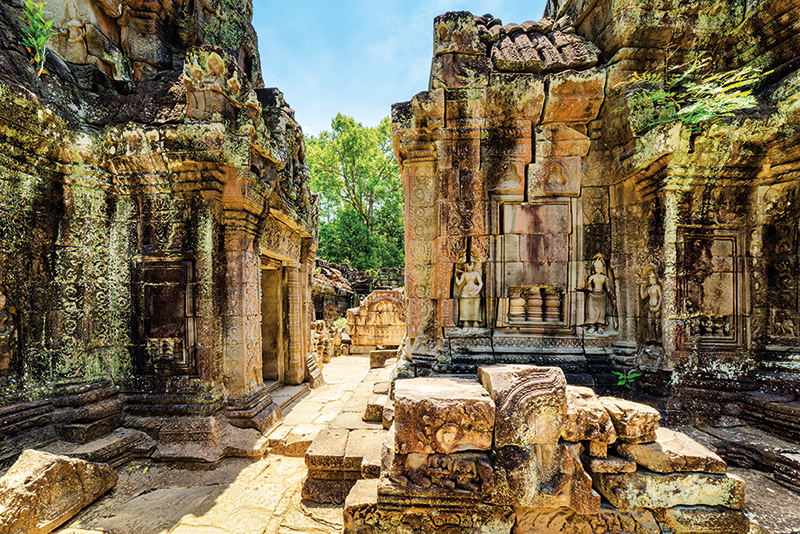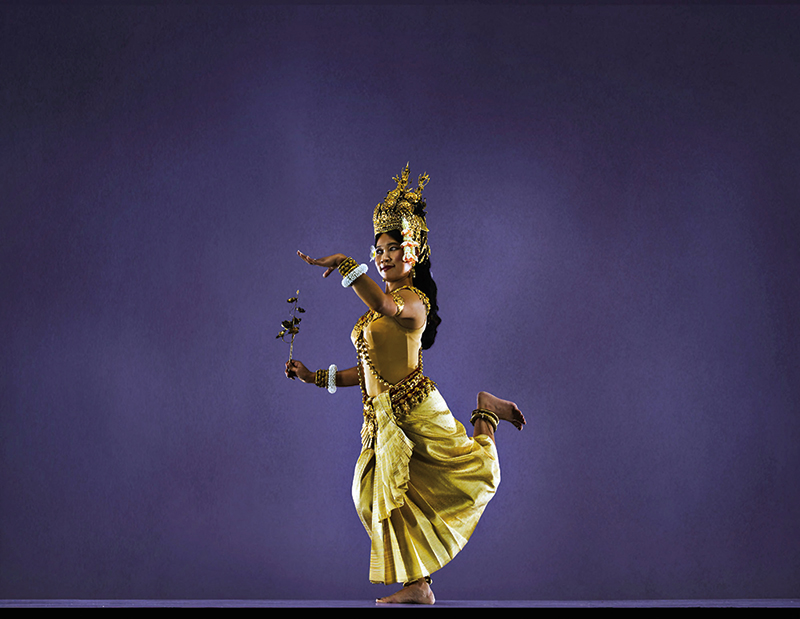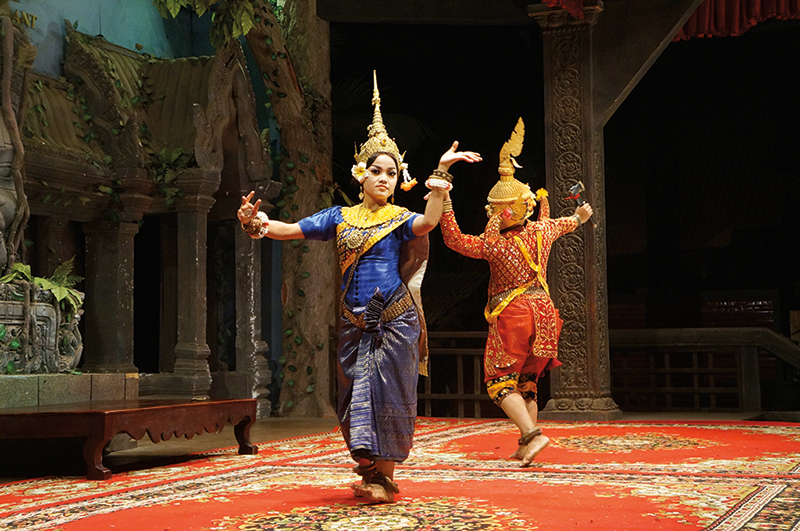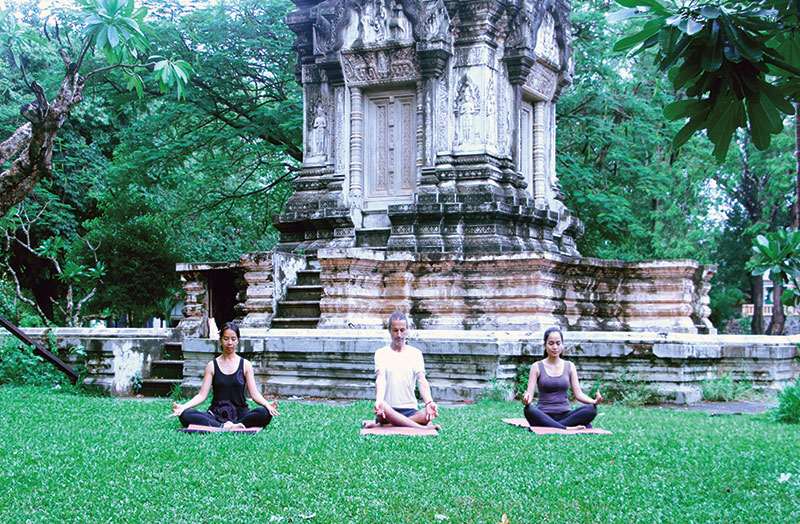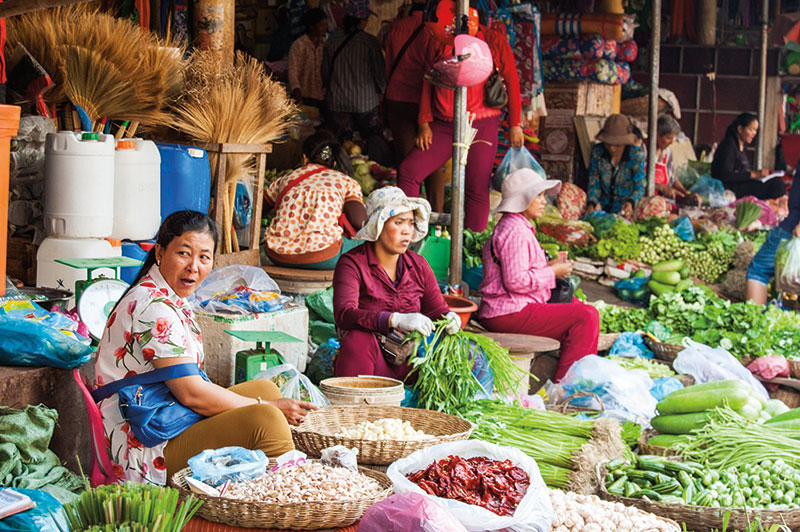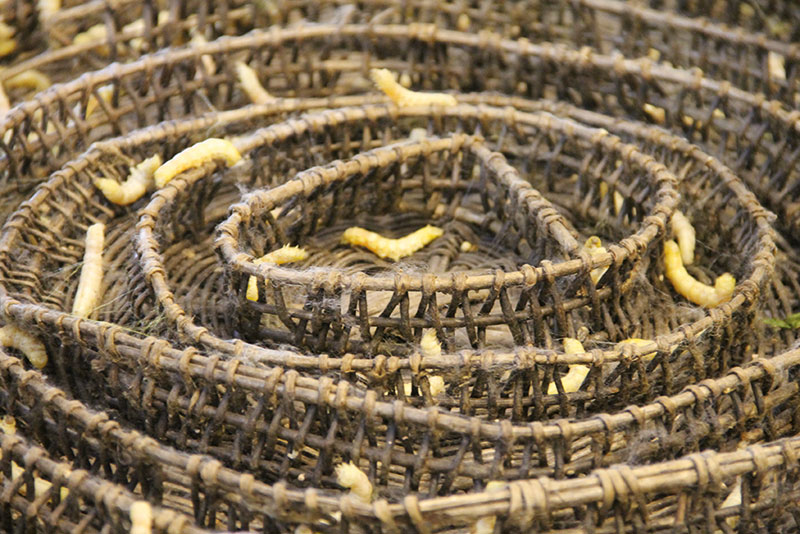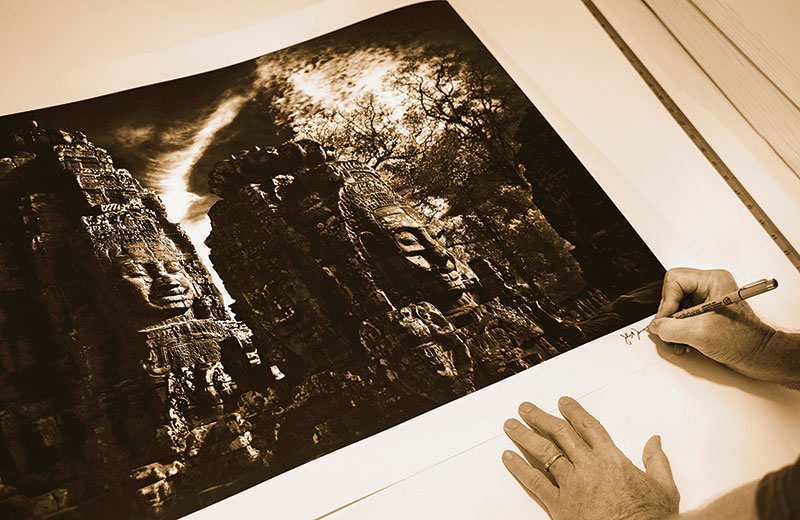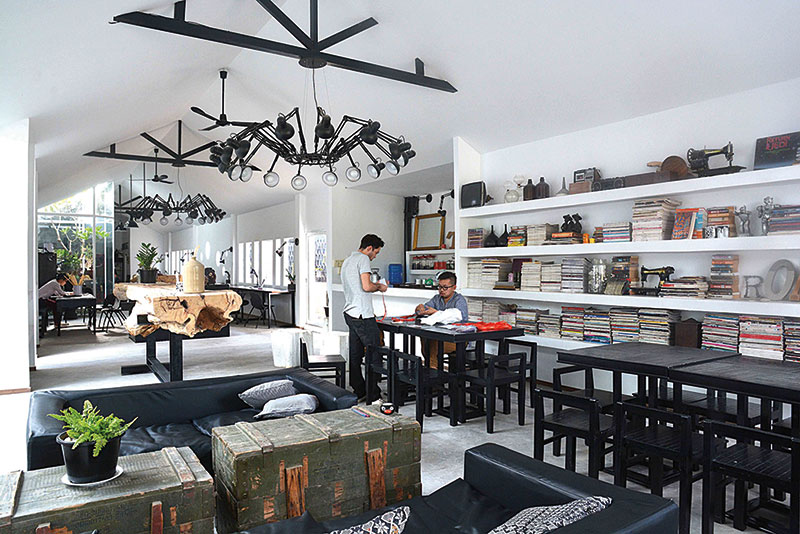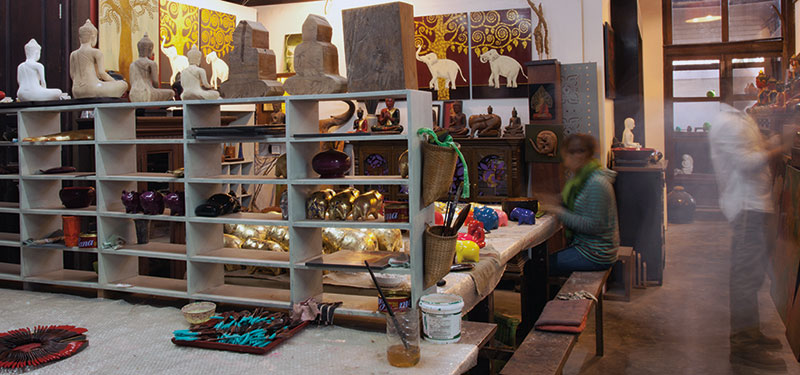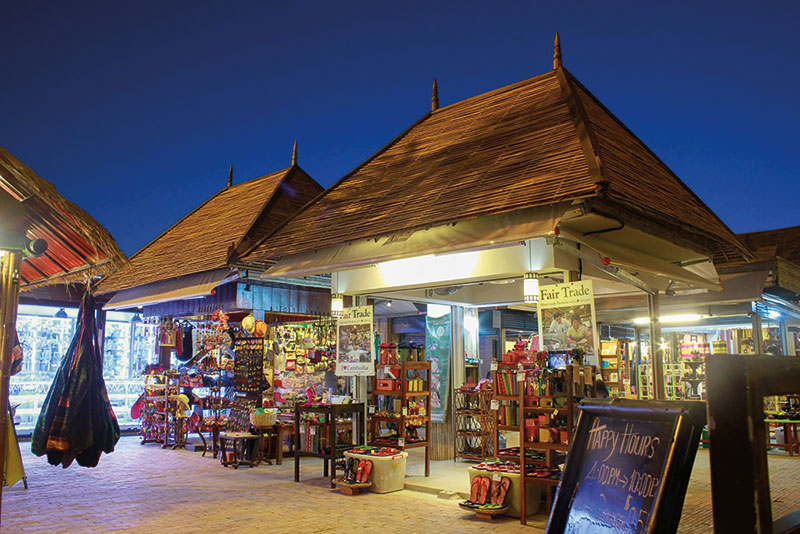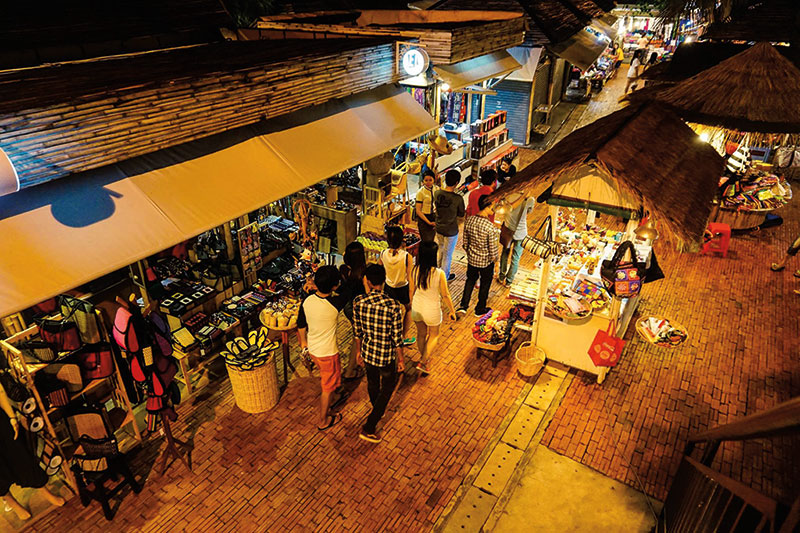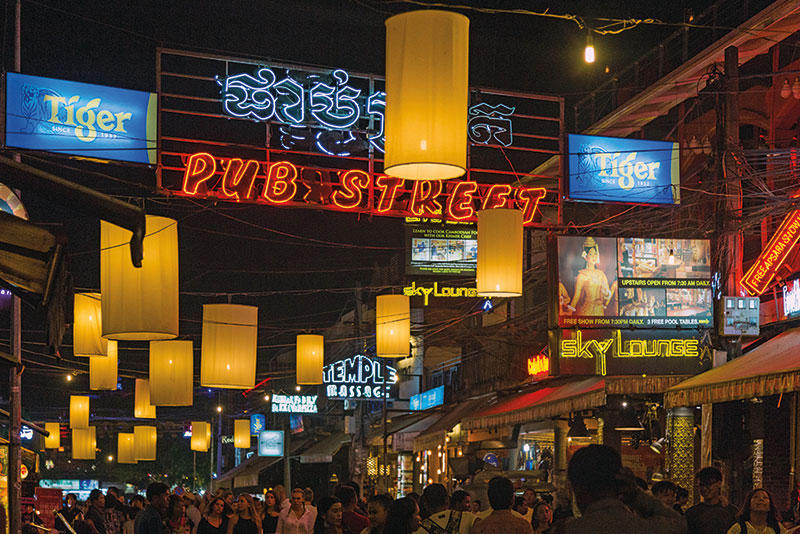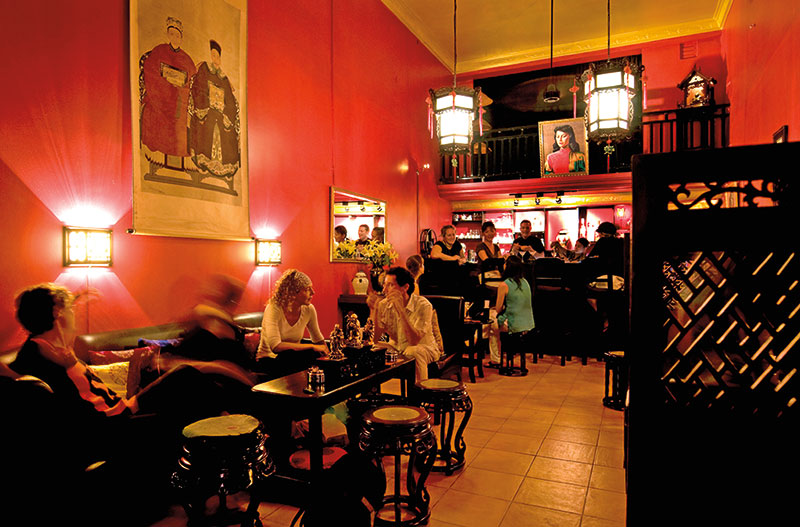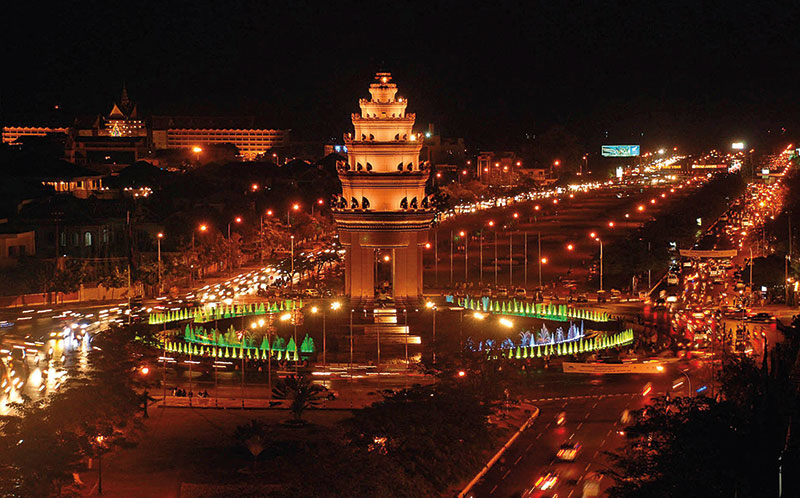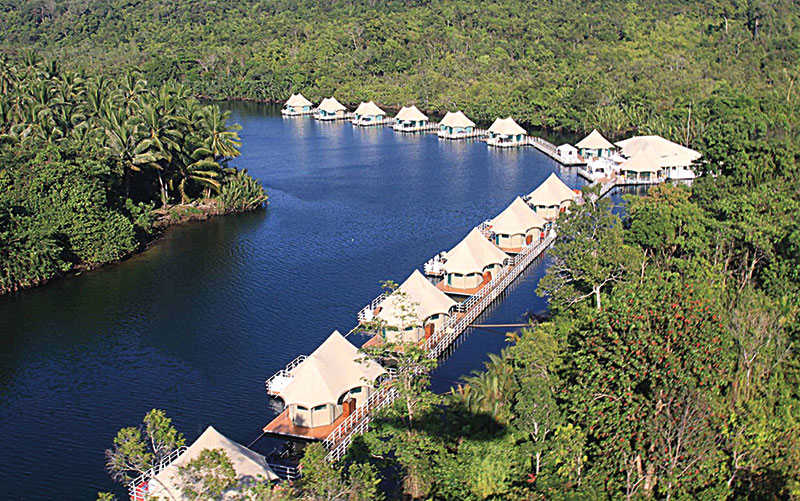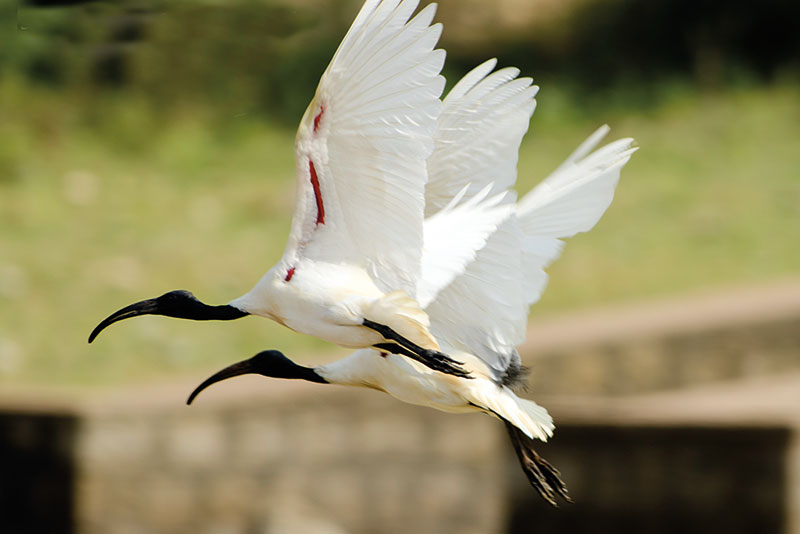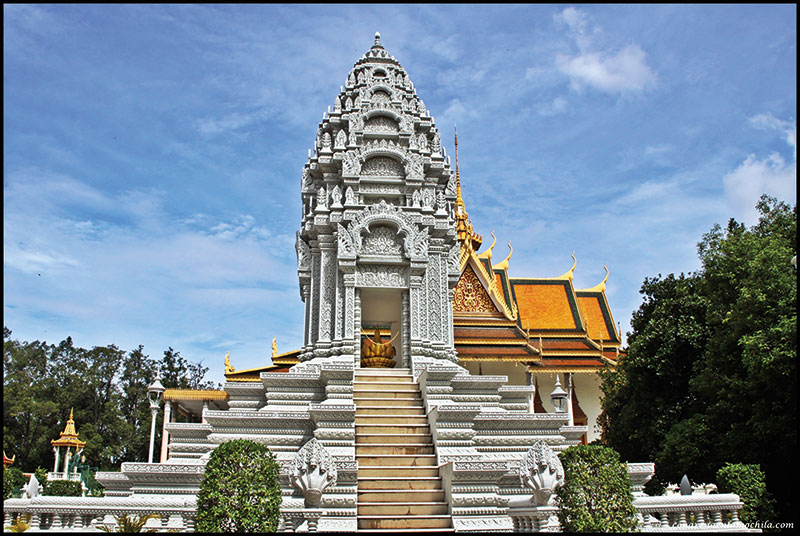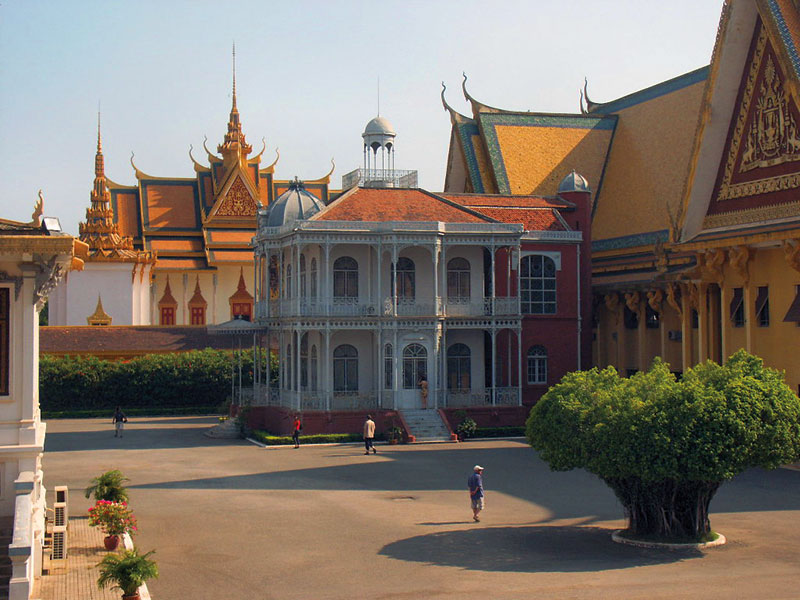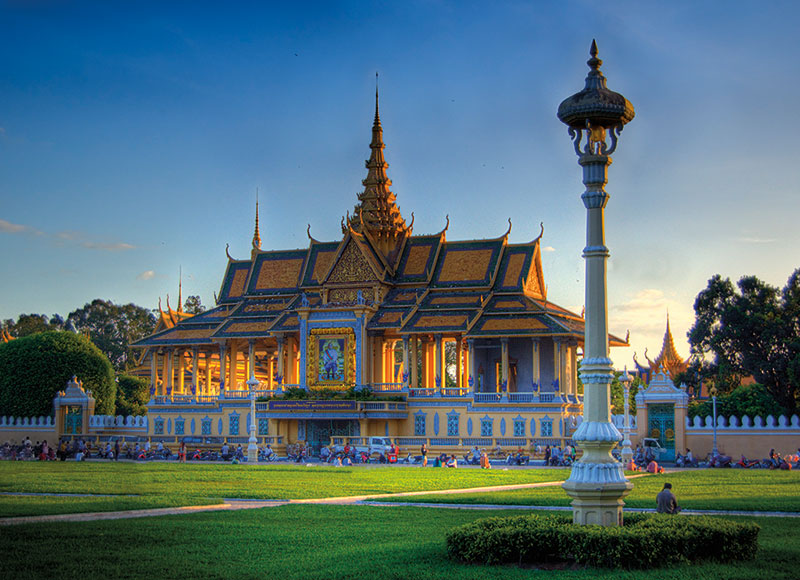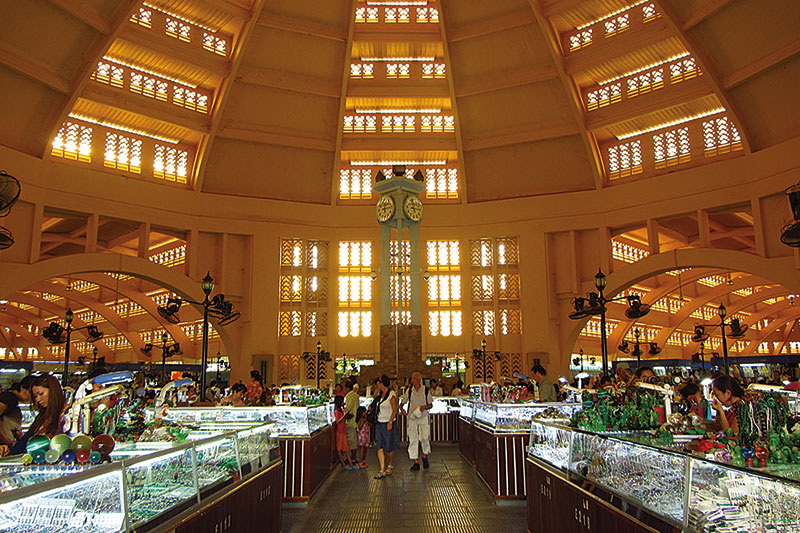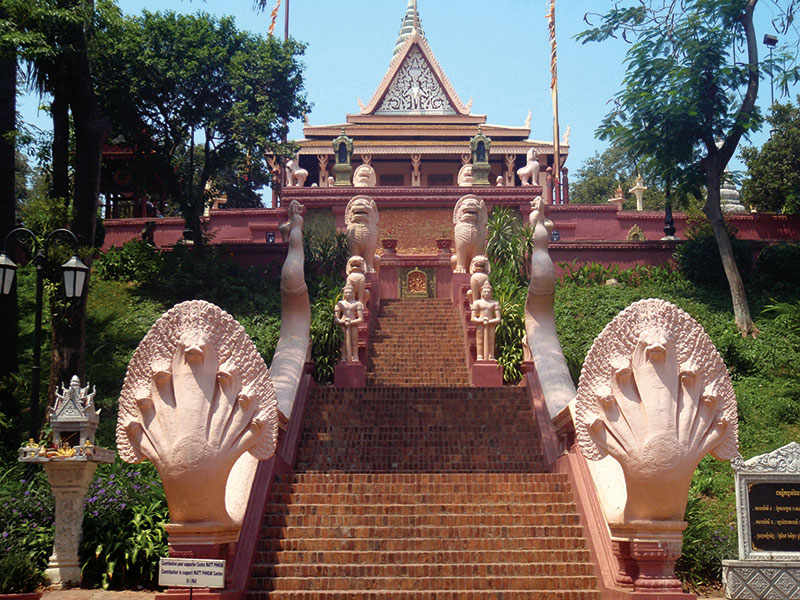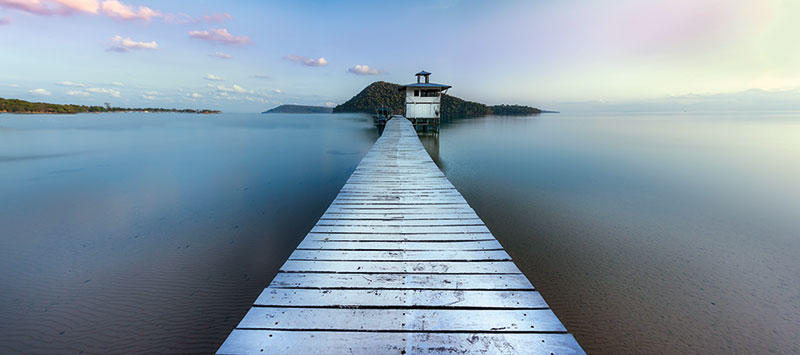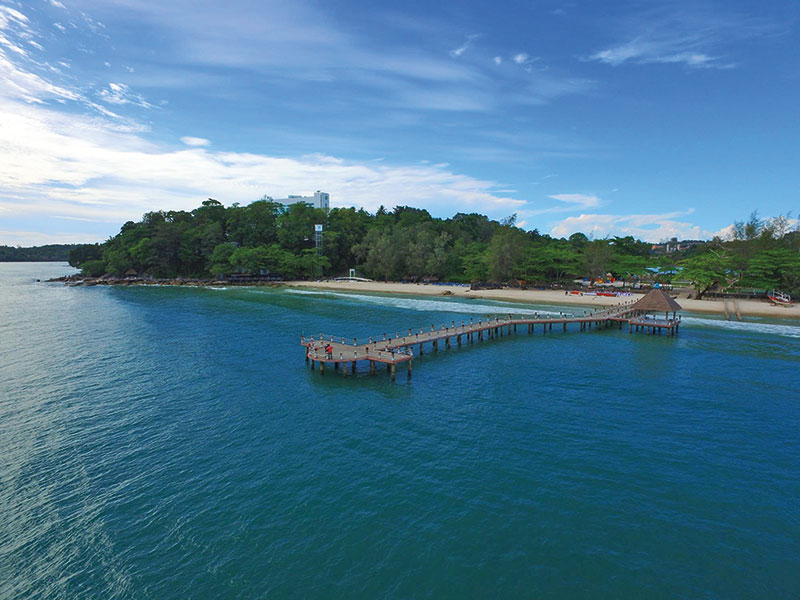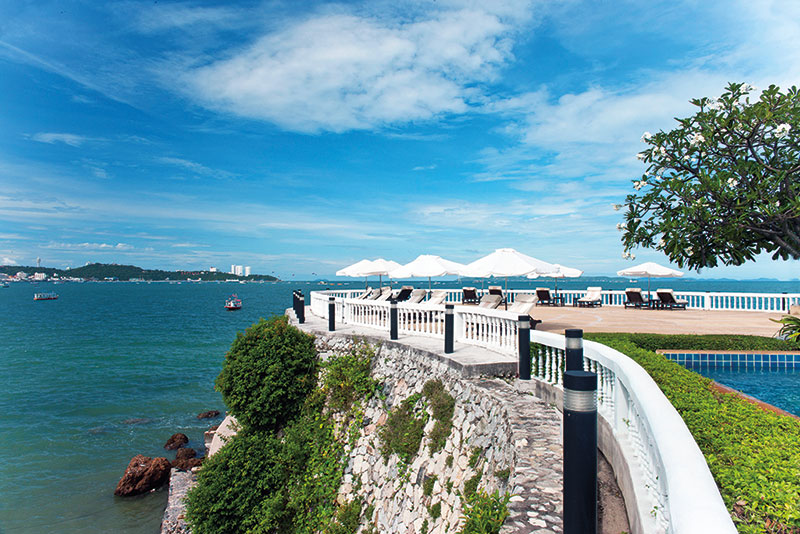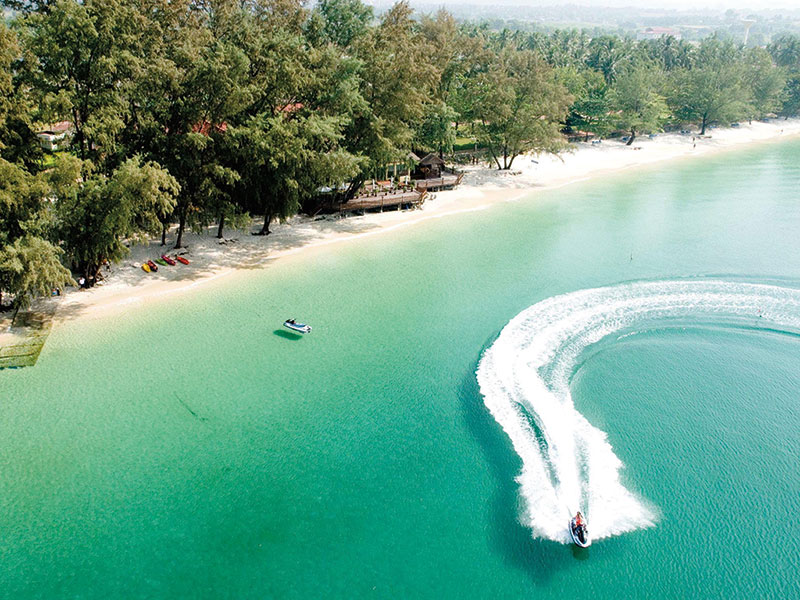Renaissance of the Enigmatic Land of Khmer
Located in the southeast of Asia, surrounded by Laos to the north, Thailand to the west and Vietnam to the east, the Kingdom of Cambodia is a land full of history, rich in culture and biodiversity. In the twentieth-first century, it has begun to position itself as a significant tourist destination, offering luxury accommodation, local gourmet delicacies and some of the most beautiful ancient sites in the world.
Outset of a New Empire
Presence in Cambodia has been traced to the Stone Age. They likely migrated from the north and settled between Burma and the South China Sea. They showed signs of living mostly around agriculture approximately in 3000 BC, and though they displayed an organized way of living, there weren’t any unifying political systems or rule until the foundation of Angkor in the early ninth century; two centuries later, inscriptions in Khmer began to appear.
Srok Khmer, or Khmer's Land, as locals colloquially call it, found its origins when Khmer king Jayavarman II, from the ancient civilization of Funan, established the Angkorian Empire in 802 CE, in the central area of Cambodia, where Siem Reap stands today. It was the largest empire in Asia at the time. The king—the first of the line of the 28 Devarāja, known as god-kings that ruled over a period of 600 years—transformed the land, which was most likely inhabited by small farms. As king of a prominently religious culture, he began the long tradition of building temples, such as Angkor Wat, Phnom Bakheng, Preah Khan, Bayon, and more. Most of what it is known today of this civilization has been deciphered from stone carvings and inscriptions in these temples, where they describe their society, politics and the intricate draining system they created to keep the land dry enough for farming. Soon, roads and bridges were built to improve trade, along with hospitals. The Angkor civilization survived and grew for six centuries until its decline and eventual disappearance around 1431. Their conflicts with the Siamese and the Vietnamese affected their economy and socio-political structures, and it never recovered its former glory.
French Cambodia
Post-Angkorian Cambodia has a history of tragedy, political instability and constant conflict with neighboring nations. In the 1850s, Cambodian king Ang Duong considered asking France for help to unify the nation, before his death in 1860. Eventually, French intervention caused revolts among Cambodians and Siamese alike. The king successor, Norodom, signed the Treaty of 1863, which promoted commerce, alliance and protection from France; in exchange, the French could station their armies in Cambodian territory and the Catholic Church would have privileges. The French reform included the abolition of slavery and a change in Cambodian administration. After roughly forty years of conflict, the coronation of new king Sisowath brought an era of peace and good relations with the European country. Both parties were interested in the welfare of Cambodia and showed mutual respect. It was during the French colony that Phnom Penh became the capital of Cambodia.
The Road to an Independent Kingdom
Cambodia was France’s natural ally in the First World War; after it was over, the economy was restored, and health and education improved markedly. A Buddhist institute was built to promote traditional religious practices. However, with the Second War, the German occupation of France left Cambodia vulnerable to a Japanese invasion. Japan sought resources and to undermine European presence in Asia. The disillusionment in France, unable to protect them, led to a growing sense of Cambodian nationalism. The French returned after the war—once the Japanese had surrendered following the nuclear attacks in Nagasaki and Hiroshima—and agreed to grant more governability to Cambodian leaders to appease nationalist revolts.
The first Cambodian elections were held on April 1946, where the Democratic Party resulted overwhelmingly victorious; this aroused conflict between the new form of government and the crown, then King Sihanouk. It was him who promoted Cambodia’s full independence, and on November 9th 1953, France withdrew from Cambodian territory, ending the nation’s colonial period that spanned 90 years.
The Immortality of Khmer Culture
Khmer is the official language of Cambodia; it is categorized as Austroasiatic with Sanskrit and Pali influences. 96% of the people of Cambodia are Khmer, which means there is little diversity amongst its people—a symbol of deep unity. And as such, their values lie in family as the most important aspect of their lives. Historically and since time immemorial, Cambodians have gone through tough times and have resurfaced a strong people, determined to succeed and prosper as a growing nation. The second most important value is religion. They have absorbed many aspects of Hindu, Thai and Chinese culture and beliefs throughout the centuries.
Even before the fall of the Angkor Empire, Theravadist Buddhism was established as the most prominent belief amongst the majority of the community, and it has remained so to this day in spite of French westernization and their attempts to convert locals to Catholicism. Modern Buddhist paintings, sculptures and crafts still represent ancient deities and sacred places.
I have tried all things. I have experienced everything…In the depths of the forests of Siam, I have seen the evening star rise over the ruins of mysterious Angkor.
Pierre Loti, A Pilgrimage to Angkor.
Farming is also rooted in Khmer culture since Angkorian times—one of the most important activities for people who still make a living in the countryside. French influence is also inevitably present in some aspects of Cambodian culture, such as architecture, cuisine and art.
Khmer culture is art oriented, and they thrive in all forms of artistic expression, including music, dancing, painting and sculpting; additionally, the Cambodian cinematography industry is growing and has shown significant potential with feature films, documentaries and international film projects that have garnered worldwide attention. Local and international directors have thrust Cambodia into the spotlight in recent years with films such as The Last Reel (2014) by Kulikar Sotho, In the Life of Music (2017) directed by Caylee So, Mind Cage (2016) by Amit Dubey, Douglas Seok’s Turn Left, Turn Right, and, most recently, Angelina Jolie’s film about the communities’ struggles during the Khmer Rouge First They Killed My Father (2017), which premiered at the Terrace of the Elephants.
Siem Reap
Quintessence of the Khmer Experience
Cambodia, and particularly its main cities, are developing rapidly, becoming some of the most mesmerizing and captivating destinations for tourists. Siem Reap is a thriving city that lures visitors mostly due to its proximity to Angkor Wat, an archeological temple complex that has been deemed one of the most significant in Southeast Asia. There are many programs that offer guided tours through the ruins in Angkor Park and other fun activities like zip lining, miniature golf and crossing sky bridges.
Meanwhile, in the city, there are plenty of equally enthralling points of interest, such as the traditional shadow puppet show, Khmer Sbek Thom—designated a masterpiece of the Oral and Intangible Heritage of Humanity by UNESCO. It consists of leather puppets performing behind a white screen and a blazing fire in front of it, creating moving shadows. Another fascinating performance show is Phare, the Cambodian Circus, where young artists resort to traditional arts like dance, music and theater to give astonishing performances, complemented with modern circus arts for a one-of-a-kind experience.
Phare Circus
Ring Rd, al sur de la intersección con Sok San Rd Siem Reap, Camboya
Todas las noches a las 8 p.m.
Del 1 de noviembre al 31 de marzo los lunes, jueves
y sábados, a las 5:00 p.m.
+855 (0) 15 499 480
+855 (0) 92 225 320
This email address is being protected from spambots. You need JavaScript enabled to view it.
Another popular choice for visitors looking for relaxation is the opportunity to practice yoga. There are many yoga retreat centers and studios like Wayist Spiritual Energy Center, Samadhi Yoga Studio and Preah Garden that offer classes for locals and tourists. It is the best way to meditate and get in touch with your inner being while resting and admiring the beautiful panoramas of the Cambodian natural landscapes. You can complement your visit with a massage at one of the diverse spas and wellness centers in the area; some of them are the Khmer Relief Spa, The Spa by LOTUS BLANC and the Mudita Spa.
Visitors can also enjoy food tours in Siem Reap. Cambodian cuisine is seafood-based, accompanied with noodles and rice, plus amazing deserts and exotic fruit that encompass the true Khmer flavor. Food tours will take you to hidden corners of the city you never imagined—local markets, all kinds of restaurants, eateries and BBQs; the most extravagant tastings include insects and amphibians.
Silk is one of the most prolific industries in the country. You can experience the process of silk making at the Angkor Silk Farm, where a guide will take you through the fields of mulberry plants that feed the silk worms. They craft the silk threads and weave traditional garments, sheets, scarves and any imaginable piece of clothing. There is also a shop where you can purchase these high-quality products. Another charming site for nature lovers and bug enthusiast is The Banteay Srey Butterfly Centre (BBC), near the Landmine Museum and the Banteay Srey temple. You will pay a small admission fee for a short tour, where you will witness the process caterpillars go through to become lively butterflies. The exhibit is recommended for children as a learning experience and to discover species endemic to Cambodia; visitors will also be able to interact with the butterflies and take pictures with them.
Angkor Silk Farm
Puok District, Cambodia
Opens 8am to 5pm
The Banteay Srey
Butterfly Centre / (BBC)
Banteay Srei, Cambodia
Open 9am to 5pm, all year round
This email address is being protected from spambots. You need JavaScript enabled to view it.
Tel: (+855) 0978 527 852 (BBC)
http://www.angkorbutterfly.com/bbchome.html
Other activities in Siem Reap include helicopter riding. Many local companies offer aerial services that cover pickups at the airport, transportation between cities, and tours overflying sites of interest. One of the most popular is flying over the ruins of Angkor.
Visiting the galleries of Siem Reap is also a rewarding experience. New venues like 111 East enthrall visitors with its modern take on art and youthful atmosphere, along with its attractive exhibitions, plus cocktails, music and live readings. McDermott Gallery exhibits American photographer John McDermott’s work. He has captured hypnotizing moments, places and people around Cambodia since his first visit in 1995. His work has been praised internationally by publications such as Time, Newsweek, The International Herald Tribune, and The New York Times. Other popular galleries include The 1961 Coworking and Art Space, The Diwo Gallery and Theam’s House.
111 East Gallery
Street 7 Makara
Old Market Bridge, Krong Siem Reap
17355, Cambodia
Tel. +855 95 930 090
http://www.oneelevengallery.com/
McDermott Gallery
FCC Angkor, Pokambor Avenue
Krong Siem Reap, Cambodia
Tel: +855 12 274 274
http://www.mcdermottgallery.com/
The 1961 Coworking and Art Space
211 Osaphear Street, Upper West River Side
Siem Reap, Cambodia
Tel: +85587539181
Angkor Night Market
Stung Thmey Village
Sangkat Svay Dangkum
Siem Reap Town, Cambodia.
English-(+855) (0)69 835 835
This email address is being protected from spambots. You need JavaScript enabled to view it.
https://angkornightmarket.com/
The Diwo Gallery
Wat Svay, Tonle Sap road
Siem Reap, Cambodia
Tel: +855 (0)92 930 799
E-mail: This email address is being protected from spambots. You need JavaScript enabled to view it.
Theam’s House
25, Veal, Kokchak district
Siem Reap, Cambodia
Tel: +855 (0)78 208 161
This email address is being protected from spambots. You need JavaScript enabled to view it.
Angkor Night Market stands as one of the most important tourism hubs and commercial districts in Cambodia, offering a variety of Khmer, Asian and European cuisine, traditional costume, silk pieces, shows and live performances, luxury hotels, arts and crafts.
Only a couple of blocks away, Siem Reap nightlife has become more prominent each year; with increasing tourism and growing youthful atmosphere, the city has witnessed the vibrant nightclub scene come to life mainly in Pub Street, where restaurants, bars and lounges like Asana Bar, Miss Wong Cocktail Bar, Mezze Lounge & Nightclub, Temple Bar, Angkor What? Bar and many more remain open until dawn with colorful lights and lively music. Many luxury hotels have their own lounges for a more exclusive experience.
The Transcendental Empire of Phnom Penh
The capital of Cambodia, Phnom Penh is a thriving city in itself—home of the Cambodian empire and a cultural hub. It is located south of the Tonle Sap Lake and River, the most significant fresh water resource in Cambodia, used to irrigate crops, fishing, and transportation to Siem Reap and other locations; it was recognized by UNESCO in 1997 as the first Biosphere Reserve in Cambodia.
Express boats are available for tours between the two cities. Near the river we find Prek Toal, a floating village that harbors the Bird Sanctuary Biosphere Reserve, where you can consume local products and gastronomy as well as learning about different species like the Black-headed Ibis, Spot-billed Pelican, Painted Stork and the Grey-Headed Fish Eagle.
Inland, the Royal Palace’s throne hall, where coronations and royal ceremonies take place, is open to public visits. It is the official residence of King Sihamoni, and as such, large areas remain closed, but visitors can stroll along the gardens lined with statues—enjoying the palace’s true Khmer architecture—and appreciate the Silver Pagoda, the Napoleon III Pavilion and the Chan Chhaya Pavilion, which hosts festivals and live performances on occasion. Phnom Penh’s Independence Monument is also worth a visit. It is located in the heart of the city—a ten minute walk from the palace—built in Angkorian style after the end of the French protectorate.
Tourists can experience the unforgettable Traditional Dance Show, a performance by the Cambodian Living Arts on Stage at the National Museum—the perfect opportunity to get involved in folklore, artistic representation and visual entertainment, accompanied by a delicious local meal. To learn about the tragic history of Cambodia, there are tours available to the Choeung Ek Killing Fields Museum and the Tuol Sleng Genocide Museum, sites dedicated to the victims of former high-school-turned-prison S-21 in the 70s. Visiting the Phsar Thmei (Central Market) is another great opportunity to get immersed in the local experience. You can purchase jewelry, antique items, clothing, food and more while enjoying its magnificent art deco dome structure, recently renovated with the French government’s assistance.
For a peaceful retreat, many temples and sanctuaries are open to the public. Wat Phnom is a Buddhist temple that sits atop a hill where many locals stop by to say their prayers. You may visit the vihara (the sacred place of prayer), the stupa, which harbors the ashes of former King Ponhea Yat, a shrine dedicated to Preah Chau, and the statue of Lady Penh. Wat Ounalom is located near the Royal Palace; it is the seat of Cambodia's Mohanikay order and considered the most important pagoda in the country. Other popular temples include Wat Langka and the Al-Serkal Mosque.
Yachting & Exploring in the Shores of Cambodia
Cambodia may be a country full of history, culture and architectural wonders in the main cities, but it also has an exciting offer at its southern shores, where guests can arrive to the two clearance ports: Sihanoukville—the most important international port—and Koh Kong. Private vessels will have to meet customs’ requirements, which consist mainly on valid visas, registration and clearance papers, plus paid fees for everyone onboard.
Visitors can also sail in luxury cruises and enjoy meals, live entertainment, visit secluded lagoons and experience a Cambodian sunset with cocktails and other delicacies, and many charters offer trips between Cambodia and Thailand. The coasts harbor secret white-sand beaches—small paradises waiting to be discovered. The port city of Sihanoukville is ideal for a more relaxed visit to the Khmer nation away from the city bustle. Some of the most popular beaches are Victory Beach, Koh Pos Beach, Independence Beach, Serendipity Beach, Otres Beach, Lamherkay Beach and Ochheuteal Beach, where you can snorkel, scuba dive, swim with dolphins and practice all kinds of watersports in the pristine blue Southeast Asian waters.
Either on a private vessel or charter, visitors can travel to nearby islands to relish in the mysteries of marine life, luxury accommodation, go for a swim or have a delicious meal by the sea. Islands like Koh Dek Koule, Koh Rong Samloem, Koh Ta Kiev, Koh Rong, Koh Thmei, Koh Tang and Koh Totang, as well as many others, can offer such experience. Cambodia is also home to several national parks that are perfect for nature lovers; among them, Botum Sakor National Park, spanning 1,834km2, safeguards a wide variety of wildlife that ranges from gibbons, elephants and deer, to tigers, leopards and bears. You can have an adventure hiking, exploring, visiting waterfalls and swimming in local rivers. Other parks include Preah Monivong National Park, Kulen Mountain National Park, Preah Sihanouk Ream National Park and Vireak chey National Park.
Cambodia is often underestimated as a potential luxury destination, but this is a nation full of life—appropriately known as the Land of Smiles—in constant growth and eager to stand out as one of the most intriguing, exotic and culturally rewarding experiences for visitors from all around the globe. Once you step into Cambodian soil, the people of Khmer will welcome you with open arms and utmost respect.
Texto: Ashanti Rojano ± Foto: TRAVEL MAN / SOKHA HOTELS / PERIPLOS / ARAZEN / VIAJES OLOI / PMG / V;A / EPA / UPD

